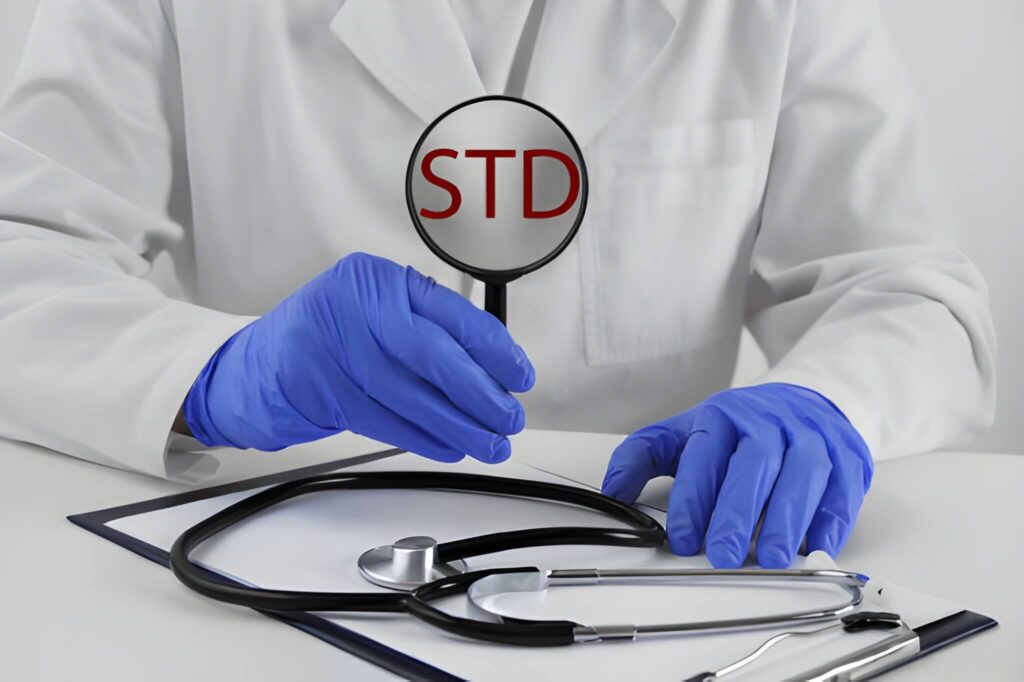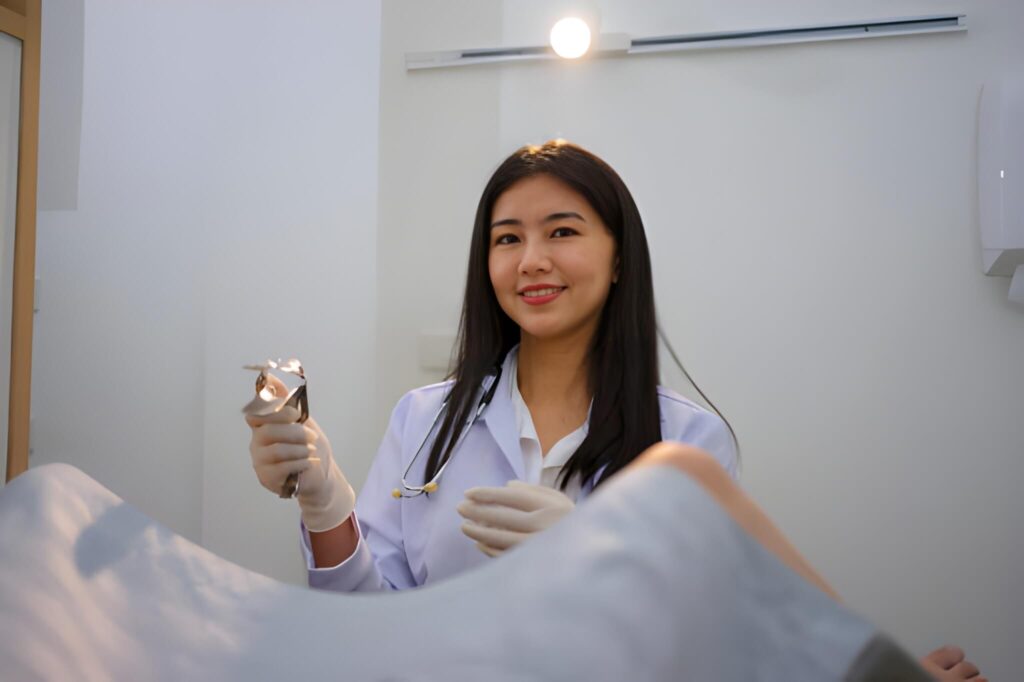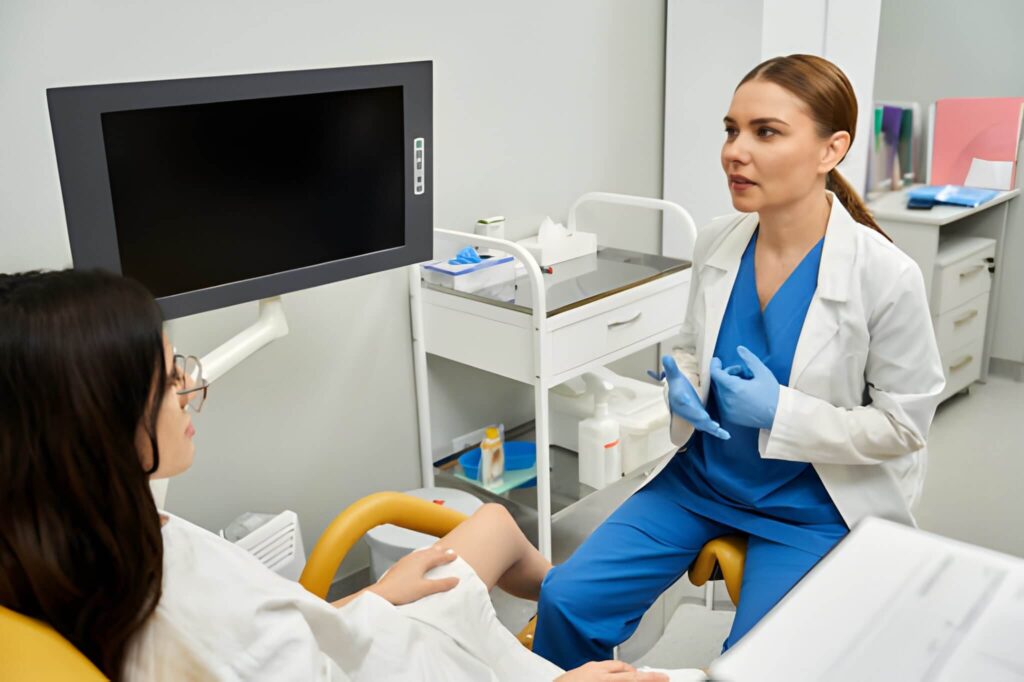Sexually transmitted diseases (STDs), now more commonly referred to as sexually transmitted infections (STIs), have existed for centuries. But where did STDs originate — and how did they spread to humans?
Modern science and genetics have traced the origins of STDs back thousands of years, showing that many began as animal infections that evolved to infect humans through close contact, environmental exposure, and sexual transmission.
This article explores the origin of STDs, how they evolved, and what science says about where STDs come from originally.
A Brief History of STDs
Sexually transmitted diseases have been recorded as far back as ancient civilizations.
Historical documents from Egypt, Greece, and Rome describe symptoms similar to gonorrhea, syphilis, and herpes. However, people of that time didn’t understand infection or bacteria — they often blamed curses, punishment from gods, or “bad blood.”
With the development of microbiology and modern medicine, scientists began identifying specific pathogens — bacteria, viruses, and parasites — responsible for different STDs.
Did STDs Come From Animals?
One of the most intriguing scientific findings is that some STDs originated from animals. This process is called zoonosis, where a disease jumps from animals to humans.
Here’s how several common STDs likely began:
1. Syphilis — From Animals to Humans
-
One of the most studied examples is syphilis, caused by Treponema pallidum.
-
Research suggests that syphilis originated from a similar bacterium in wild animals, possibly African primates or livestock.
-
Genetic studies indicate it may have mutated and adapted to humans thousands of years ago, likely through skin contact or animal handling, before spreading through sexual activity.
Did syphilis come from animals?
Yes — most evidence supports that the Treponema bacteria evolved from animal species before becoming sexually transmitted in humans.
2. HIV/AIDS — Linked to Primates
-
HIV (Human Immunodeficiency Virus) originated from SIV (Simian Immunodeficiency Virus) found in African chimpanzees and monkeys.
-
Scientists believe it crossed over to humans in the early 1900s through contact with infected blood during hunting or bushmeat handling.
-
Once in humans, HIV adapted and became transmissible through sexual contact and blood exchange.
3. Human Papillomavirus (HPV)
-
HPV has existed for millions of years and co-evolved with humans.
-
Genetic research suggests early forms of HPV infected both animals and ancient human ancestors, but over time, the strains diverged and specialized to infect only humans.
4. Herpes Simplex Virus (HSV)
-
Both HSV-1 (oral herpes) and HSV-2 (genital herpes) have deep evolutionary roots.
-
Studies show HSV-2 likely originated from the chimpanzee herpes virus that jumped to humans over 1.6 million years ago, long before modern civilization.
-
HSV-1 has co-evolved with humans even longer, making it one of the oldest known infections.
How Did STDs Start Among Humans?
The first STD likely didn’t appear from a single person but evolved gradually as humans began living in larger communities and engaging in closer physical contact.
Several factors fueled STD development:
-
Close contact with animals – especially during early domestication and hunting.
-
Lack of sanitation – made it easier for bacteria and viruses to spread.
-
Population growth and travel – allowed infections to move between groups and continents.
-
Sexual networks – once a pathogen could spread sexually, it rapidly adapted for transmission during intercourse.
Over thousands of years, these pathogens became specialized, adapting to human biology and reproductive systems.
The Evolutionary Role of STDs
From a scientific standpoint, STDs are adaptations for survival.
Pathogens that can spread through sexual contact have an evolutionary advantage — humans reproduce, and sexual contact is common.
By transmitting through intimate contact, these microorganisms ensure their continuation across generations.
The “Columbian Exchange” and STD Spread
One major theory in STD history involves the Columbian Exchange — the period of cultural and biological exchange after Christopher Columbus’s voyages between Europe and the Americas.
Many historians believe syphilis was brought to Europe by sailors returning from the Americas in the late 1400s.
Within years, syphilis caused devastating outbreaks across Europe, earning names like “the French disease” or “the Neapolitan disease.”
However, new genetic evidence shows that similar Treponema bacteria existed globally — suggesting syphilis may have already been present in multiple regions but mutated into more virulent forms.
How Modern Science Studies STD Origins
Modern researchers use genome sequencing and molecular dating to trace the ancestry of STD-causing pathogens.
By comparing genetic differences among bacterial and viral strains, scientists can estimate how long ago an infection crossed into humans.
For example:
-
HIV’s earliest strain dates back to the early 20th century.
-
Syphilis may have evolved between 10,000–20,000 years ago.
-
Herpes and HPV predate modern humans entirely.
These studies not only help us understand the history of venereal diseases but also guide prevention and vaccine development.
Common Misconceptions About STD Origins
-
“STDs were man-made.”
False. All scientific evidence points to natural evolution, not artificial creation. -
“You can get STDs without any sexual contact.”
Most require sexual or fluid exchange, though some (like herpes or HPV) spread through skin contact. -
“The first person with an STD was cursed or punished.”
Ancient myths often tied STDs to morality, but they are purely biological infections that can affect anyone.
Expert Insight — Oluwakemi Balogun, CRNP, FNP-BC, MSN
“STDs are not new diseases. They have evolved with humans for thousands of years. What’s important today is education, prevention, and regular screening — not stigma or fear about where they came from.”
Modern Understanding and Prevention
While we now understand how STDs originated, they remain a global health issue.
The World Health Organization (WHO) reports over 1 million new STD infections daily worldwide.
Prevention Tips:
-
Practice safe sex with condoms or dental dams.
-
Get regular STI testing, even if asymptomatic.
-
Avoid contact during visible outbreaks (herpes, warts, etc.).
-
Communicate openly with partners about testing and health history.
Modern medicine allows early diagnosis and treatment for most infections — but awareness remains the strongest tool.
Final Thoughts
So, where did STDs originate?
The answer lies in evolution, not mystery. Many began as animal infections that gradually adapted to humans through contact and later evolved to spread sexually.
Understanding the history and science behind STDs helps remove stigma and promotes responsible sexual health practices.
If you’re in the Glen Burnie area, clinics like Medhaven Health provide confidential STD testing, education, and treatment with compassionate care. For comprehensive preventive care and ongoing health support, visit our Primary Care page.
Disclaimer: This is informational content, not a substitute for professional medical advice.

CRNP, FNP-BC, MSN is a board-certified Family Nurse Practitioner with 16+ years of experience. She provides personalized, high-quality care in family medicine, preventive health, and chronic disease management at MedHaven Health in Glen Burnie, Maryland. Read More







